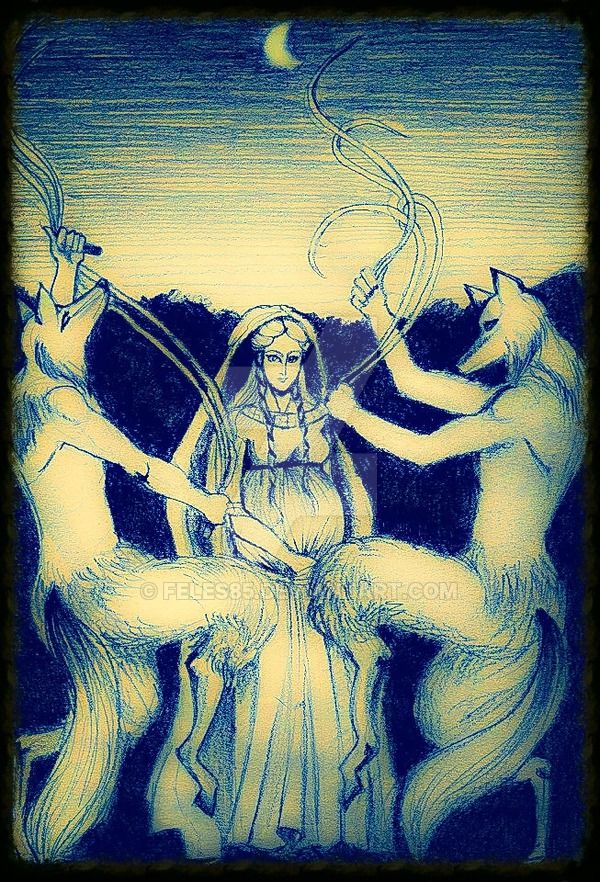THE WOLF AS A SYMBOL
Lup/lupul = wolf/the wolf in Romanian; lup/lupu = to die/dead in Etruscan. Similarly, haita = wolf pack in Romanian; Aita = the god of the underworld the equivalent of Greek Hades, for the Etruscans. Etruscan funerary paintings show Aita wearing on his head the head and fur of a wolf! It is similar to the Egyptian jackal headed Upuaut/Wepwawet or Greek Ophois. Upuaut had a double role, being the god of war (just like the wolf headed Dacian banners!) and of the funerary worship, opening the way both for the troops and for the spirits of the dead.
Luptã (Romanian) = lucta (Latin) = fight. Note that the Romanian word stands from lup (wolf), the symbol from the banners of the Dacian warriors. It is not the case of the Latin word, which seems to be imported from Dacian, the Romans maintaining themselves the cult of the she-wolf, mother of Romulus and Remus, the founders of Rome!
In the Balkan folk medicine and apotropaeic magic, the destructive aspect of the wolf’s mouth is symbolically turned around and used against demonic forces and diseases.
The magic act of pulling children through the wolf’s mouth in the context of birth ritual and infant care shows that the symbolism of the wolf’s mouth is connected with the female reproductive organs.
The wolf appears at the most important transitory moments in the human life cycle (birth – marriage – death).



 Facebook
Facebook